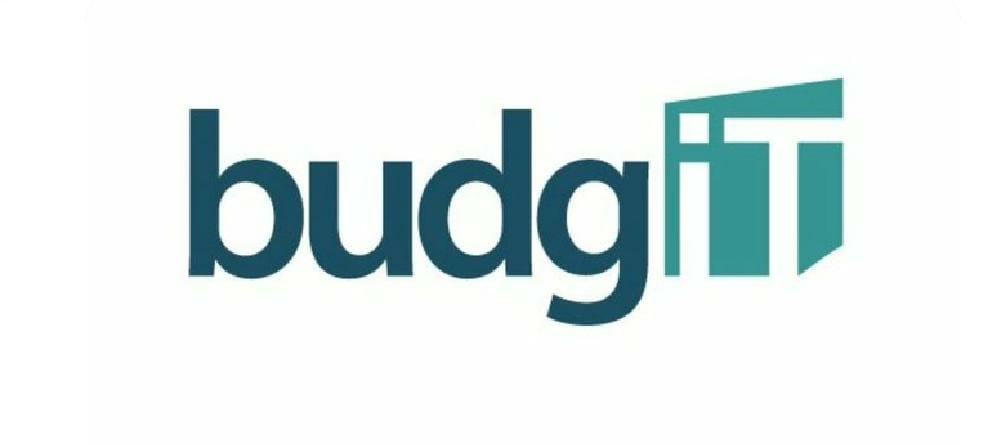• Says 16 States Depended on FG for 70% of their Fiscal Needs
By Halimah Olamide
Only two states, Lagos and Kaduna displayed the capacity to raise enough financial resources to meet their needs according to the latest reports by BugdIT, a Nigeria civic-tech organization leading the advocacy for fiscal transparency and accountability in Nigeria.
Its annual report released on Tuesday, which was made available to the NPO Reports that Rivers state showed up again for the fiscal performance rating for the fourth time.
The report showed that Anambra, Lagos, Kaduna, and Ebonyi among the top five states in term of fiscal performance while Zamfara, Bayelsa and Benue were listed among the least performing states in the year’s report.
According to BudgIT, the report assessed and ranked the fiscal performance of all 36 states from the most sustainable to the least sustainable.
“This year’s edition additionally spotlights the state of healthcare delivery for improved economic development at state levels,” Nancy Odimegwu the organisation’s Communication Associate, stated.
The report showed that tor the 2023 edition, BudgIT maintained the five metrics for ranking all 36 states, where Index A examines states’ ability to meet Operating Expenses (Recurrent Expenditure) with only their Internally Generated Revenue.
“Index A1 looks at the percentage year-on-year growth of each state’s Internally Generated Revenue. Index B reviews states' ability to cover all operating expenses and loan repayment obligations with their Total Revenue (Internally Generated Revenue +
Statutory Transfers + Aids and Grants) without borrowing.
Index C estimates the debt sustainability of the states using four major Indicators. A. Debt as a % of GDP. B. Debt as a % of Revenue. C. Debt service as a % of Revenue, and D. Personnel Cost as a % of Revenue.
Index D evaluates the degree to which each state prioritizes capital expenditure to its operating expenses (recurrent expenditure),” it explained
Going further,, BudgIT said this year’s fiscal performance table—Index A—received a new entrant, Anambra.
It said this was just as Rivers state retained its number one position, making it the 4th time in a row.
“However, Cross River lost its place in the top five and fell to the 9th position. Adamawa recorded the most impressive improvement as it moved ten places up to 23rd from its 33rd position the previous year.
The most drastic decline happened to Kebbi as it retrogressed 13 places downward on the fiscal performance ranking to the 28th position. Only two states, Lagos and Kaduna, generated more than enough IGR to cater to their operating expenses; Taraba, Katsina, Bayelsa, and Zamfara required more than seven times their IGR to manage their operating expenses,” it said
It named Abia, Imo, Yobe, Zamfara, and Plateau—(the least ranked states on index B) as not being able to raise enough total revenue (their combined IGR, federal allocations, and grants) to cater to their recurrent expenditure.
“This means these states resorted to borrowing to manage some parts of their recurrent expenditure and capital expenditure,” it added.
The report also disclosed that the number of states that prioritized capital expenditure over recurrent expenditure doubled from the previous year to ten states saying Zamfara and Plateau were new entrants in the bottom five positions on the overall fiscal performance table.
“The cumulative revenue of the 36 states grew by 28.95% from N5.12tn in 2021 to N6.6tn in 2022. Together, the Internally Generated Revenue (IGR) of the 36 states appreciated by 12.98% from N1.61tn in 2021 to N1.82tn in 2022, denoting a strengthened domestic revenue mobilization capability.
“Nonetheless, the IGR to GDP ratio remained very low at 1.01%. The increase in IGR did not reflect across board as 17 states experienced a decline in their IGR from the previous year while 19 states recorded positive growth.
Occasioned by a 49.2% increase in global oil prices, gross federal transfers rose by 35.68% from the previous year to N4.05tn, despite a 12.55% drop in crude oil production,” it added.
BudgIT said on a cumulative basis, there was over-dependence on the federal government saying this increased from 58.4% in 2021 to 61.45% in 2022.
“Taken apart, at least 70% of the total revenue of 16 states comprised federal transfers, while 32 states depended on transfers from the federal government for at least 50% of their revenue.
“The total expenditure of the 36 states stood at N8.2tn, 24.7% more than the N6.58tn spent in 2021. Save for three states—Anambra, Cross River, and Rivers—33 states had an increase in their total spending in the 2022 fiscal year.
Commendably, not only did nine states exceed the UNESCO recommendation of allocating 20% of the annual budget to education, but 15% of the total expenditure for 17 states went to education. Regarding health, just two states, Sokoto and Jigawa, surpassed the Abuja Declaration recommendation of earmarking 15% of your total expenditure for improvement in healthcare delivery.”


